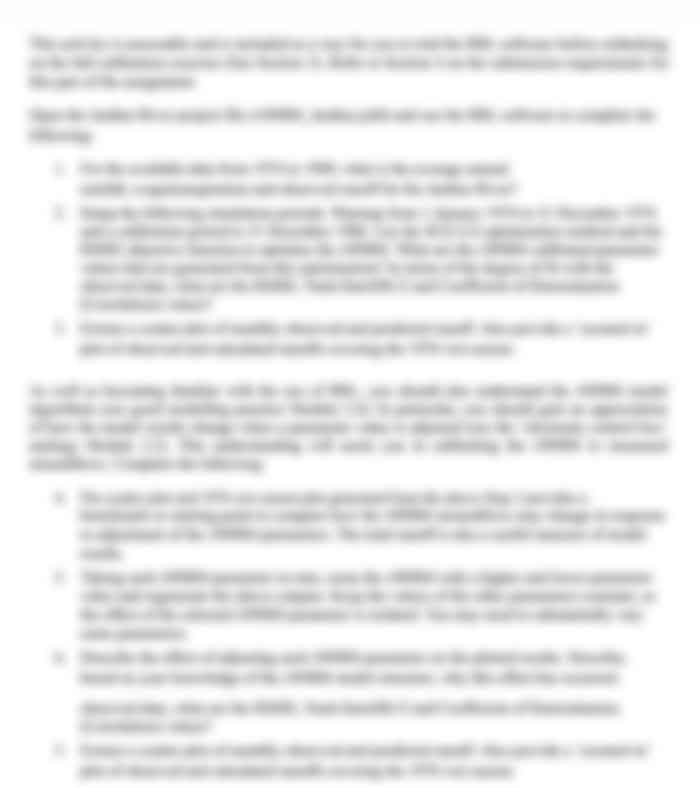Nursing management identified Case Study Assessment
Task Details
Please read the case study below and respond to the questions provided through a visual CANVA poster.
Case Study
Sue is a single 35-year-old lady with Diabetes Type 1, who works in a bank and lives alone. Sue had a traumatic injury to her foot after shattered glass entered her open sandals and penetrated the base of her foot while she was at a friends birthday party. Unfortunately, Sue has significant peripheral neuropathy and did not feel the injury at first and only noticed she was injured when she saw blood on her shoe. Sue sought medical advice and the glass was removed at a medical centre and she was prescribed a prophylactic broad-spectrum antibiotic. Unfortunately, 2 days after the incident her foot was grossly swollen, cool to touch however hot and inflamed where the glass had penetrated the instep of her foot and between her toes. Sue was admitted to hospital for emergency surgery for a fasciotomy and drainage of a suspected abscess and severely infected foot.
She is now 2 days post op and is recovering slowly in the surgical ward. Sue is on a sliding scale of Actrapid insulin and is tolerating only a small amount of a full diet, she is not feeling well enough to eat or drink much. Her BGLs are ranging from 4mmol 16mmols every hour. Once she is tolerating her food fully, she will go back to her normal insulin, Levemir. She has an IV line insitu running 100mls / hour and is ordered IV Amoxicillin / Clavulanic acid 1.2g 6-hourly (q6h). She has a dressing on her foot which needs to be changed b.d. The deeper wounds are to be packed. The foot remains swollen and inflamed. Sue also has a history of retinopathy and peripheral vascular disease. Sue sometimes experiences deep sensational pain shooting up the leg from the foot. Sue has been prescribed Tapentadol 50-100 mg qid prn and Oxycodone 10mg bd.
Her observations are ranging from BP160/ 90 - 140/76 P90-110 R16-22 T37.6 - 38.5 post operatively.
Image 1 (first image below): Prior to surgery foot presentation plantar aspect
Image 2 (second image): Dorsal aspect (top) view of foot post-surgery
Image 3 (third image): Plantar aspect of foot post-surgery
.png)
You are required to locate and utilise a minimum of 10 credible, peer reviewed articles to support the nursing management identified in the case study presentation.
Additional Information
To help you complete this task successfully, the following resources are provided:
- Marking Rubric refer to this to understand how you will be assessed
- Cadmus Manual refer to this for information about academic skills (click the ? icon in the bottom right to access the manual)
- Checklist: How to write a Case Study use this to help you complete the task
- Case Study read this to understand the details of the case
- Canva - use this to create your poster
- Font size for the poster is 11 can be in arial narrow, calibri or verdana. You can use 6 font for 'intext referencing' , reference list should be 11 font size.
Checklist: How to prepare a Poster Presentation ?
Copy + paste this checklist into the Notes section in Cadmus and tick off items as you complete them.
Step 1: Task Understanding
Read the Instructionsand Checklistcarefully
Read the Guide: Rubricsin Cadmus Manual and then your Marking Rubric
Step 2: Analysing the case and how to answer the various sections
Read the Case Studycarefully and thoroughly
To help you understand the situation, investigate all areas of the Case Study and make sure you understand the clinical reasoning process - listen to the clinical reasoning lectures.
Consider:
The criteria asked for in the case study and the verbs used to describe what is asked for e.g. outline, describe, detail, provide rationale, discuss - make sure you understand what is required when formulating your answer.
How you will prioritise - again make sure you listen to the clinical reasoning lectures - this will help you to understand prioritising further.
When thinking about the rationales / reasons for your choices you need to provide sound researched evidence or peer reviewed theory to substantiate your choices.
The weightings in the rubric when formulating your answers.
Redrafting several times until the flow and reader understanding of the information is clear/ concise however comprehensive in approach. this is a learned skill and takes some effort.
PLEASE NOTE:There is no word limit to this poster presentation
Step 3: Topic Research
You are required to locate and utilise a minimum of ten (10) credible, peer reviewed articles to support the nursing management identified in the case study presentation.
Use library databases to locate appropriate resources.
Book an appointment with a librarianfor assistance.
Step 4: Create Poster
Based on the provided case study, create your poster in Canva.
One CANVA poster completed.
Your poster should include the following:
Background Information to be provided on your poster
Outline the contextof the patient episode and give a brief description of the health issues for the person and outline the incidence of the co-morbidity within the Australian health care context (this is determined by the scenario you are developing and sets the context for the audience).
Describe(succinctly) the underlying pathophysiology and symptomatology (clinical signs and symptoms) the person may experience.
Outline the "KEY"(focused) assessment criteria (data) you would include for the person i.e. what objective and subjective clinical data is necessary in order to develop a nursing plan of care for the person within the context outlined in the case scenario (be specific to the case scenario).
- Include in your discussion a brief outlineof the relevant diagnostic and ongoing tests (e.g. including biochemistry, haematology, cytology, ultrasound, x-rays) associated with the health problem for collaborative/ inter-professional care (this can be in point form on your poster). Ensure your response is focused and relevant to the context of the clinical scenario.
- Outline (briefly) the development considerations for the person in the case study. You will need to review developmental theory such as Erikson (example only) and support your response by referring to the developmental theorist you have chosen. This information is available in "Fundamentals of Nursing" texts. If in doubt, please seek further advice on Study Desk.
Nursing management (this should be the focus of the case study scenario)
Identify and explainthe nursing management (from a biopsychosocial perspective i.e., physical, psychological and social perspective- whatever is contextual) for the person's health problem in the case scenario, this includes:
- Identify and explainat least three (3) key/prioritynursing interventions. This should include any evidence-based approaches to care (e.g., you may review Joanna Briggs, Cochrane websites).
- Discuss the rationalefor your interventions (what is the reason for your chosen interventions/ and explain why they are a priority).
- Discuss any other nursing and collaborative management approaches and follow through care, including education/ self-management strategies to assist the person managing their ongoing health care episode (relates to the point above). This may also include evidence-based approaches to care.
- Outline the nurse's rolein the provision of collaborative care for optimal outcomes (must be succinct here).
Outline two (2) potential problems (complications) associated with the condition and signs and symptoms the nurse would assess and observe for, to detect a change in condition and prevent worsening of the person's health status.
Referencing
In text citations:In-text citations must be included in the body of work. Each point or piece of evidence that comes from a different source must be attributed (via in-text citation) to the source. Because of restriction of words within a postera font size of 6 may be used.
For example: There are a range of management principles which are important to managing arterial wounds and it is agreed in the literature that debriding wounds is contraindicated (Nutter & Stanbury, 2018).
Images: Images and graphics can be added to Canva to support your poster.
Image referencing: Reference all images using APA 7.
Save a .jpeg version of your Canva poster to your computer.
Step 5: Add Poster and References to Cadmus
Using the image icon in the formatting toolbar, add your poster as an imageto Cadmus.
You need to include a reference listin the Referencessection in Cadmus.
Refer to the USQ APA 7 referencing guides if you are unsure. Scholarly sources that are no older than seven (7) years old may be used, also older 'seminal' research literature may be used. A minimum of ten (10) is required.
Step 6: Reflect
Under your poster, you must include a minimum 20 word reflectionabout one of the points below:
What you learned from the case
What you learned about creating a poster in Canva
What you learned from the checklist in Cadmus
Step 7: Review
When you have completed your Poster, review your work carefully for spelling, grammar or other errors
Check that citations and references match
Read the Marking Rubricagain to check that you have met the criteria
Step 8: Submit Final
Submit your completed Poster before the final due date
NB: This will generate a Turnitin Similarity Report
Check your email for a submission confirmation email
Once graded, review feedback in Cadmus

